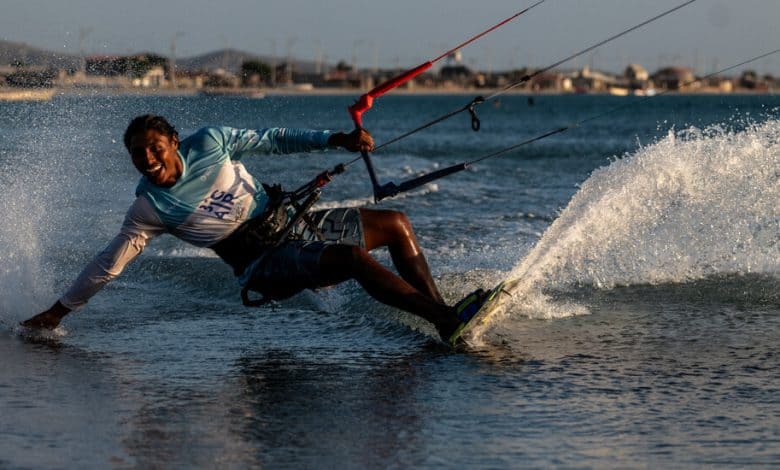How Kite Surfing in Remote Colombia Changed a Boy. And a Village.

They came from all over the world to this remote stretch of Colombia’s Caribbean coast. Two hailed from India. Two traveled from Switzerland. One from the Netherlands. Another from Seattle. They all wanted to be taught by Beto Gomez, a professional kite surfer, in the spot where he first learned the sport.
La Guajira Peninsula is ideal for kite surfing. In Cabo de la Vela, Mr. Gomez’s hometown, with nearly 1,000 residents and desert terrain, the windy season lasts nine months and the waves are flat.
So for five days this year, amateur kite surfers — drawn by Mr. Gomez’s social media and competitions broadcast online — traveled here for his classes.
“In India, we were really cheering for him,” said Shyam Rao, 33, who arrived with his wife.
Kite surfing, using a kite to propel a rider across the water and through the air, is not native to this part of the world or to the Wayuu, Colombia’s largest Indigenous group, which governs the area.
It was brought to Cabo de la Vela nearly two decades ago by visiting foreigners or arijuna, a term in the Wayuu Indigenous language that includes Colombians who aren’t Wayuu.